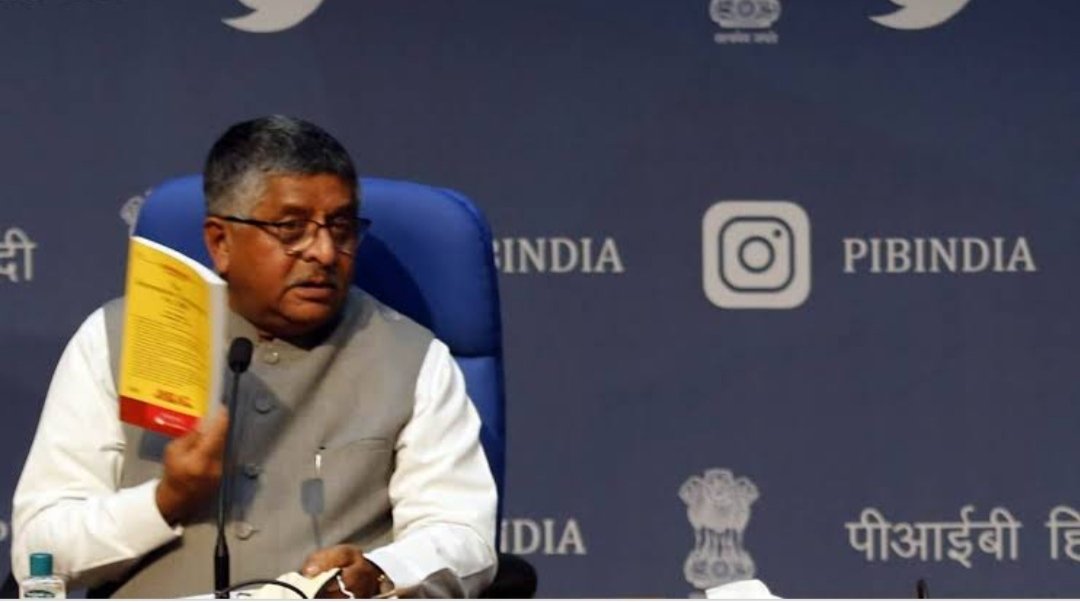Keypoints:
- “Double standards of social media will be unacceptable”,says Ravi Shankar Prasad.
- Ministry of Information and Broadcasting will be administering the Digital Media Ethics Code related to Digital Media and OTT platforms.
- The set of new guidelines are formed to introduce a change in legalisation to assert more control over Big Tech Companies.
- The Code of Ethics prescribe the guidelines to be followed by OTT platforms and online news and digital media entities
On Thursday, the Central government released a set of new guidelines to regulate social media platforms, online streaming and digital media platforms as it looks forward to assert more control over Big Tech Companies. These new guidelines prescribes how various media platforms will be regulated by the Indian Government.
Due diligence must be followed by all intermediaries including the social media intermediaries. If in any case due diligence is not followed,safe harbor provisions will not be applied to them. It will help to establish a grievance redressal mechanism for receiving resolving complaints from the users or victims. A grievance officer shall be appointed by the intermediary to deal with particular complaints and must share name and contact details of the officer. The officer must then acknowledge the complaint under 24 hrs and resolve it within 15 days from its receipt.
Especially for women users, if there is exposure of private areas of individual, or exposure of them in full or partial nudity, in a sexual act, or morphed images, the intermediaries must remove or disable access within 24 hrs of the complaint of such content. The complaint can be filed by the individual or any other person by his/her behalf.
— Chief Compliance officer will be appointed who will be responsible to ensure compliance for the Act and Rules.
— Nodal Contact person will be appointed to ensure coordination with law enforcement agencies.
— Resident Grievance Officer will be appointed to perform functions mentioned under the Grievance Redressal Mechanism.
— A monthly compliance report will be published with all the details including received complaints along with action taken for it.
— The social media intermediary must have physical contact address in India published on its website or mobile app or both.
— All the users wishing to verify their accounts voluntarily will be provided with appropriate mechanism for verifying their accounts and will be provided with a visible mark of verification.
A government statement says that the Rules establish a soft-touch self-regulatory architecture and a Code of Ethics and a three-tier grievance redressal mechanism for news publishers and OTT Platforms and digital media.
The OTT platforms, called as the publishers of online curated content in the rules, would self-classify the content into five age-based categories- U (Universal), U/A 7+, U/A 13+, U/A 16+, and A (Adult). Such platforms will require parental locks for content classified as U/A 13+ or higher, and reliable age verification mechanisms for content classified as “A”.
News publishers on digital media will require to observe Norms of Journalistic Conduct of the Press Council of India and the Programme Code under the Cable Television Networks Regulation Act thereby providing a level playing field between the offline (Print, TV) and digital media.
There may be one or more self-regulatory bodies of publishers. Such a body shall be headed by a retired judge of the Supreme Court, a High Court or independent eminent person and have not more than six members. Such a body will have to register with the Ministry of Information and Broadcasting. This body will oversee the adherence by the publisher to the Code of Ethics and address grievances that have not be been resolved by the publisher within 15 days.

